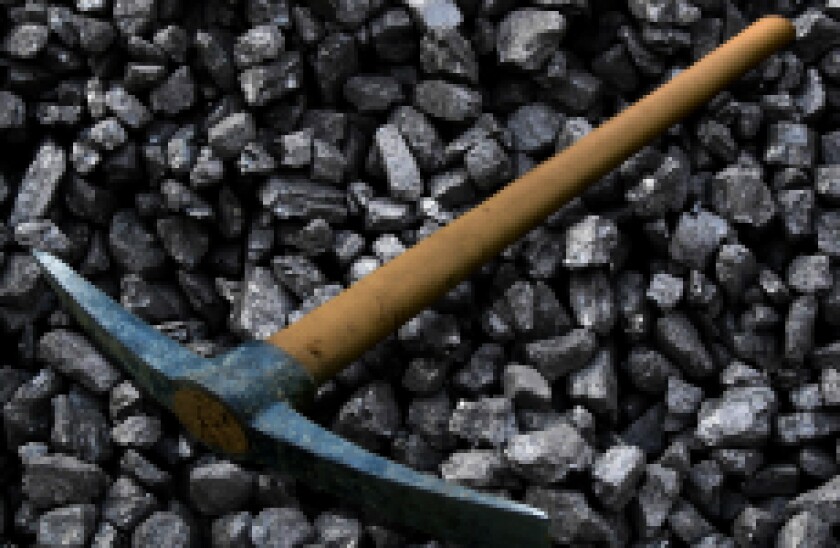China’s inclusion of “clean coal” as an eligible technology under the country’s green bond standards in 2015 was a surprise to many market watchers. Coal and other fossil fuels are the antithesis of clean energy.
While the world was ready to laud China for its green financing efforts, kick-started by the country’s green bond standards that year, many baulked at China’s continued embrace of coal. In the four years since then China has become a world leader in green bond issuance, but many green-dedicated funds still scoff at the country’s green debt offerings, voicing scepticism over just how green they are.
China removing coal from its list of eligible green projects would be a nod to outside investors, but also an assertive move to solidify China’s place as a green bond champion. But as strong as the optics may appear, green bond experts should question what difference it will make.
The country, along with many other developing states, heavily relies on coal and will continue to do so for some time. Some other developing economies, such as Indonesia, which has sold two sovereign green bonds itself, are also making efforts to clean up their acts and adhere to climate change standards. But they’re forced to balance these efforts with the burgeoning growth of their domestic markets.
While the West moved out of the coal-driven industrial period more than a century ago, emerging markets are still looking for cheap energy to boost their economies and lift their populations out of poverty.
Faced with that reality, green investors need to think about what their goals are. Some funds will continue to be dark green, shunning anything that hints of a dirty use of proceeds. But many aren’t opposed to lighter green bonds if they think the proceeds will be used for the betterment of an issuer, producing a net positive.
Arguably, issuers from countries and sectors that need light green leniency are the ones in most need of green funding if they’re going to catch up with the rest of the world and cut their carbon footprints.
A country cannot switch from children coughing their guts up in the shadow of the chimney stacks to lambs and bunnies frolicking together in the shade of wind turbines overnight. But they should be able to use green bonds to make the many necessary steps.
The challenge to having many shades of green funding is in verifying the transactions make a difference to the environmental standards of a project. It certainly makes it a more complicated task and even the most straightforward green standards are not always black and white.
But as the green bond market matures, investors can make more informed calls about how they want to put their money to use.
China’s cutting of coal from its green bonds won’t clean up the country overnight. If the market wants to make a serious difference in the greening of the market, it’s time to accept a broader spectrum of ‘green’.
